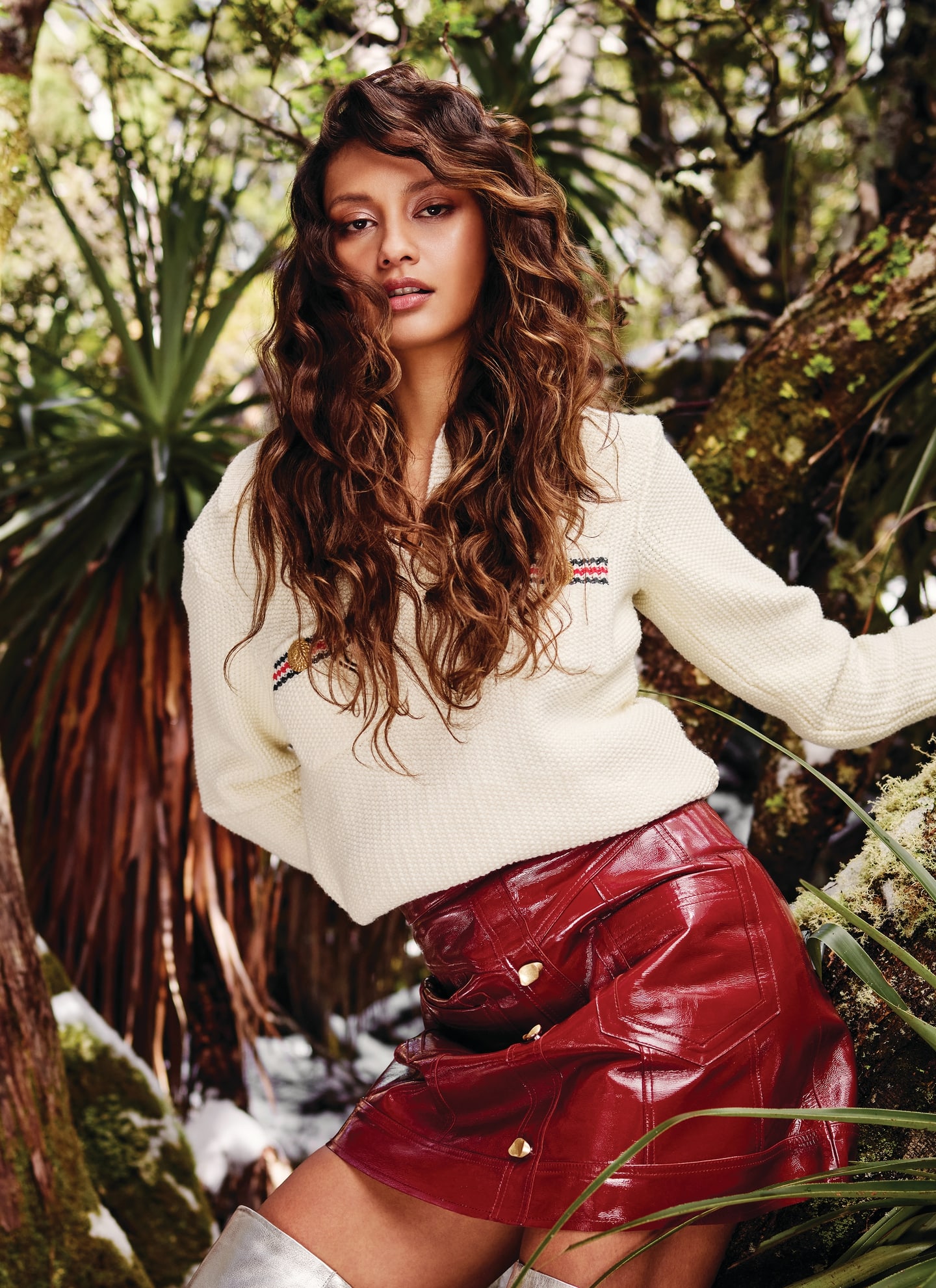6 Professional Haircare Tips For Spring


In the list of day-to-day annoyances, there are few things more annoying than a bad hair day. However, such days may feel inevitable despite all the effort you’re putting into care and maintenance. Have you ever wondered why? The answer lies in the many factors that affect hair health and appearance, but the usual suspects are humidity, lack of moisture, and scalp issues. These problems occur during the change of seasons, making it harder to control and maintain our desired looks. As with your overall health, your hair health may fluctuate depending on the time of year. Moreover, seasonal habits and constant fluctuation of cold outside air and warm indoor air can cause more damage to your strands than you’d think. If you’re sick of your dull winter hair and you’re planning to get creative in the upcoming months, here are our favourite professional haircare tips for spring!
Typical winter problems
The same way as humidity can be our hair’s biggest nemesis in summer, the lack of it in chilly winter air can also affect our hair. With colder temperatures, moisture decreases causing dryness and brittleness. Naturally, lifeless hair loses its gloss as well, so maintaining the strands with a healthy hydrating regimen during winter is crucial for your hair’s genuine well-being. Hair dryness is a serious problem that causes a domino effect of issues because dry strands are more brittle and susceptible to breakage and split ends. In addition, if living in a colder climate, wearing knitwear causes electric charge, so get ready for annoying static. Luckily, there are simple haircare tips to take and protect your hair from seasonal damage:
- Stay consistent in hydrating regiments during winter,
- Reduce the frequency of styling your hair with heat-induced tools because heat can damage already dry and brittle strands, causing split ends,
- Protect your hair with anti-static products, scarves, hoods, and headwear when outside in harsh temperatures,
- Try washing your hair less frequently during the colder months because that could leave it dry and strip the natural oils that protect the strand. However, you can still have clean and fresh hair in winter if using dry shampoo that is harmless to your hair’s health.
The most valuable professional hair care tips for spring are about having adequate protection and prevention of potential damage the stands suffer during winter. Your hair does not go into hibernation just because it’s cold outside. It requires constant love and maintenance to make the transition into the warmer seasons.


You might love the refreshing winter temperatures, but your hair doesn’t!
Consult your local salon expert
Nature awakens and blooms in the spring, and so should your hair. However, you might have difficulties kick-starting this process on your own. To restore your hair’s health and glorious looks, first, you need to assess its state. And what better way to do it than to reach out for professional help? A reputable professional will help you find existing and potential issues, determine the correct regimen, and rejuvenate your hair.
If you’re in the mood for a makeover or you plan to change hair length and/or hair colour, there is no better person to consult than your hairstylist.
Start from the roots – scalp treatment
A tight and itchy scalp is a common problem for most hair types during cold months. That is because the scalp, just like the skin elsewhere on your body, requires extra hydration in winter. However, unlike the rest of your skin, moisturising the scalp may not be so easy. You can’t constantly put cream and other products on it daily because that will affect other hair features. Still, you can nourish your scalp and restore its health with a specially designed regimen.
Surprisingly many people neglect scalp sustenance which is a crucial factor in having healthy strands. Without proper treatment, accumulated dirt and oils can block the development of the follicle, causing inflammation, dandruff, sensitivity, itchiness, and many other hair problems.


After applying these spring haircare tips, your scalp will feel relief and enable the improvement of your hair’s genuine well being.
Rejuvenate and hydrate
Considering the effect sun and heat have on hair, one might assume that summer causes more dry hair symptoms than winter. However, that is not entirely true. Our bodies tend to adapt to warm weather more easily than to cold. Therefore, any lack of moisture we may encounter due to environmental factors are fought by our perspiration system.
Sebaceous glands produce sebum – the oily substance necessary for lubricating your skin and hair follicles. In summer, they work overtime, protecting the strand and hydrating the hair. During winter, the hair suffers constant temperature shock that affects how these glands work, causing brittleness, dryness, and split ends. Thus, one of the vital haircare tips to follow this spring is to apply hydrating treatment during the colder season.
Trims and haircuts
No matter how well you treat your hair, breakage that leads to split-ends happens. However, with a quality hydrating rinse to nourish your hair, you will minimize such outcomes and make a difference to the quality and health of a strand. But even so, you might need occasional scissor intervention. With small trims every eight to twelve weeks, you can prevent split ends from travelling further up the strand.
When wanting to grow your hair longer, having frequent trims might seem like a bit too much. How can you advance the hair length when constantly cutting it? According to the American Academy of Dermatology, hair grows approximately one inch per month. Based on the state of your hair, you can determine how often you should trim it. However, even if you cut an inch every eight to twelve weeks, you will still notice significant progress. Without the damaged hair ends removal, split ends move up the strand, spreading further along its length. To restore the healthy look, at some point, it will require more significant intervention, like cutting it.
If you’re thinking about changing your hairstyle this spring, a refreshing haircut might do the trick. Trending styles this season focus not as much on the hair length but more on texture and finish. Refreshing your looks with stacked cuts is a good idea, but also the enhancement of your natural texture will never go out of fashion!


Gentle pastel tones and stacked cuts are this season back in fashion.
Introduce the trending hair colours this spring
After the dullness of the winter, celebrate spring by picking a trending hair colour. Regardless of your colour preference, there is a solution for everyone to be trendy this season. It is all about natural and gentle accenting your hair to bring out its best features. Illumination, blush, gold, mocha, and punchy tones dominate the fashion world, followed by contrasting highlights and glossing the natural colour tones to compliment the hair texture.
Final haircare tip for this spring: Be prepared for seasonal downsides!
These professional haircare tips for spring will help you prevent winter damage and get ready for the warmer season. But, the same as cold temperature dries the hair, in spring and summer it causes humidity issues. Thus, it is essential to prepare for what is ahead of you. Your hair regimen cannot be consistent throughout the year because the seasons constantly change and the state of your hair with them. In addition, many other factors and routines influence the state of our strands, so make sure to provide your hair with what it needs at any given season.
Featured image source: avery_golson


